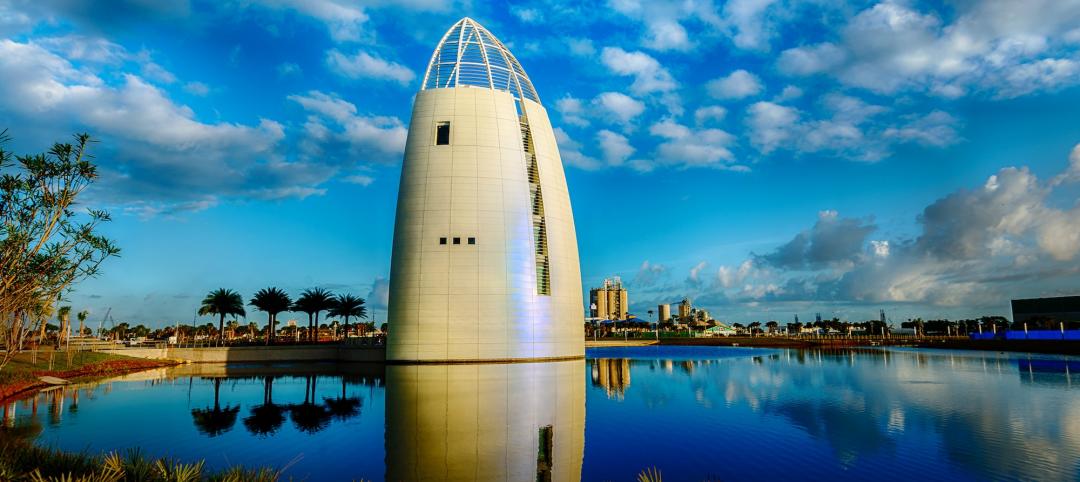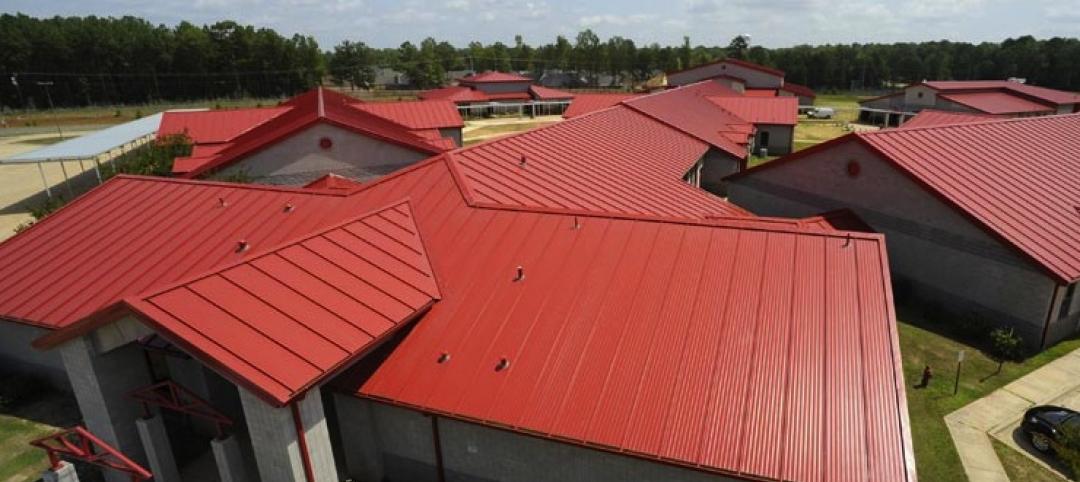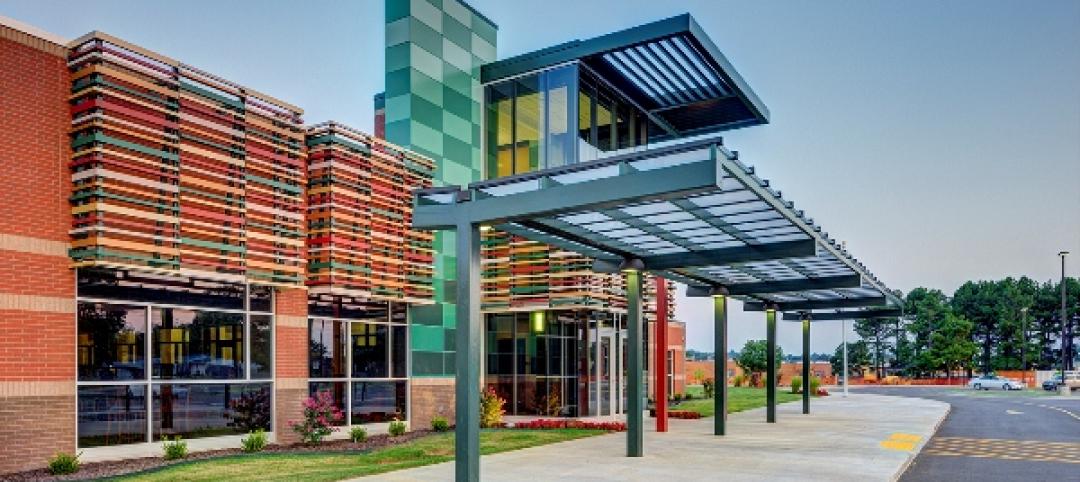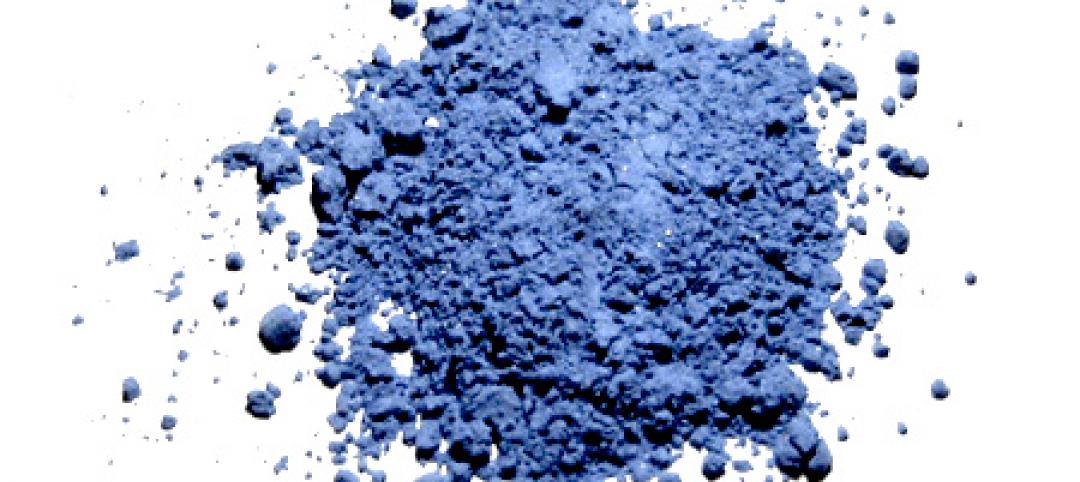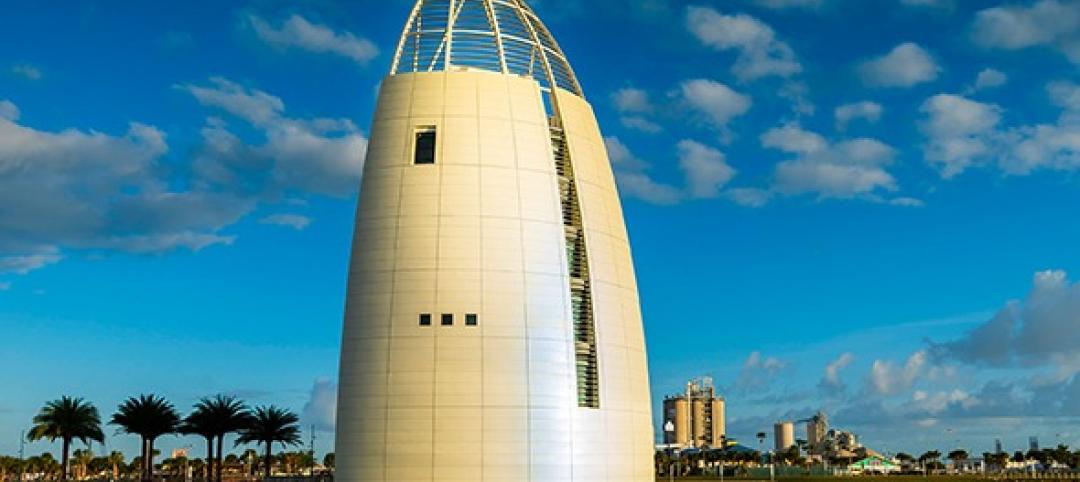Historically, high-performance industrial coatings were used to protect large-scale infrastructure. The coatings safeguarded elements, such as bridges and industrial concrete floors, from corrosion, abrasion, and chemicals. Now the architectural coatings market is demanding more sustainable architectural coatings with the durability and protection properties of proven industrial coatings.
Organizations such as the Master Painters Institute (MPI) and the Society for Protective Coatings (SSPC) are developing standards specifically designed to drive greater performance in commercial architectural coatings that also satisfy the different needs of this market.
Steven Reinstadtler, construction marketing manager for coatings at Bayer MaterialScience LLC, discussed the migration of industrial coatings into the architectural coatings sector when he recently presented “The Sustainable Movement of High-Performance Industrial Maintenance Coatings into Architectural Markets” at SSPC 2013.
Sustainability for the architectural coatings value chain means higher durability and solids, longer time between maintenance cycles, waterborne systems with fewer volatile organic compounds (VOC) and solvents, and lower odor. Good aesthetics are just as important. Decision makers in this market drive sustainability in the built environment, said Reinstadtler.
The resulting next-generation coatings perform with the expected durability, scrubbability, and chemical resistance possessed by industrial coatings, while also fulfilling additional architectural coatings requirements of color retention, low VOCs and odor, low sheen, and a fast return-to-service time. Several application areas have experienced a successful migration of industrial coatings into the architectural coatings market. Reinstadtler detailed their successful use in flooring, interior and exterior wall, and graffiti-resistant applications. As technologies and formulations continue to improve, industrial coatings will be further incorporated into the architectural coatings market, according to Reinstadtler.
“Industrial coatings manufacturers are developing tailored products to enhance existing industrial coatings,” he said. “This helps to address applicators’ desires to use high-performance industrial coatings in the commercial architectural coatings market.” +
Related Stories
Coatings | Feb 18, 2015
Wet-applied coatings and finishes for commercial and institutional projects [AIA course]
The rapid pace of development of improved liquid-applied materials and finishes has given Building Teams new options. These sprayable, paintable, or “gunnable” products can add performance and sustainability benefits and reach new levels of resiliency and durability.
Sponsored | | Dec 16, 2014
Kameleon colors expand the palette
Advanced technologies are creating new possibilities with Valspar’s Fluropon Kameleon. A rich look is created with a unique blend of ceramic and inorganic pigments. SPONSORED CONTENT
Sponsored | | Nov 26, 2014
What’s in a coating?
A beautiful coating on metal products can make a strong statement, whether used on a high-end commercial project or an industrial building. SPONSORED CONTENT
Sponsored | | Nov 12, 2014
Eye-popping façade highlights renovation, addition at Chaffin Junior High School
The new distinctive main entrance accentuates the public face of the school with an aluminum tube “baguette” system.
Sponsored | | Nov 6, 2014
Paint pigment and performance
Paints are used both to add color and protect surfaces. The pigments in the paint not only impact the color but also its performance properties. SPONSORED CONTENT
Sponsored | Coatings | Nov 6, 2014
Spanning the Spectrum
Chameleons are known for changing their skin colors to suit the observer, but what if a building can too?
Sponsored | | Oct 29, 2014
What’s the difference between your building’s coating chalking and fading?
While the reasons for chalk and fade are different, both occurrences are something to watch for. SPONSORED CONTENT
Sponsored | | Oct 19, 2014
The Exploration Tower in Port Canaveral dazzles visitors
With a mission to provide the experience of a lifetime, the Exploration Tower at Port Canaveral, Fla., is designed to inspire, as visitors learn about the history and nature of the port and beyond. SPONSORED CONTENT




![Wet-applied coatings and finishes for commercial and institutional projects [AIA course] Wet-applied coatings and finishes for commercial and institutional projects [AIA course]](/sites/default/files/styles/list_big/public/aiacourse.jpg?itok=bxS08zQL)
